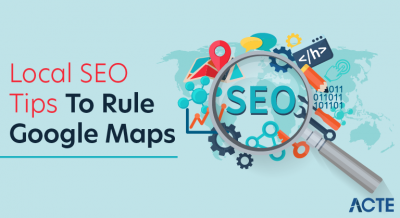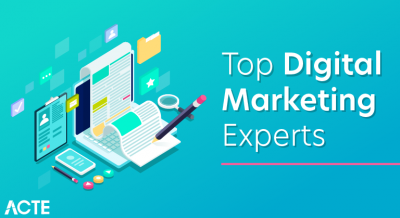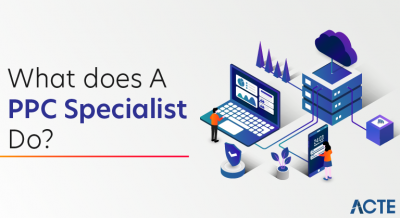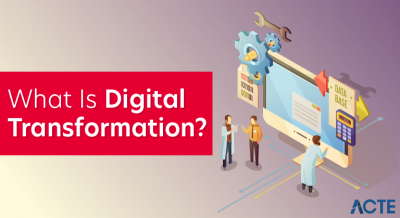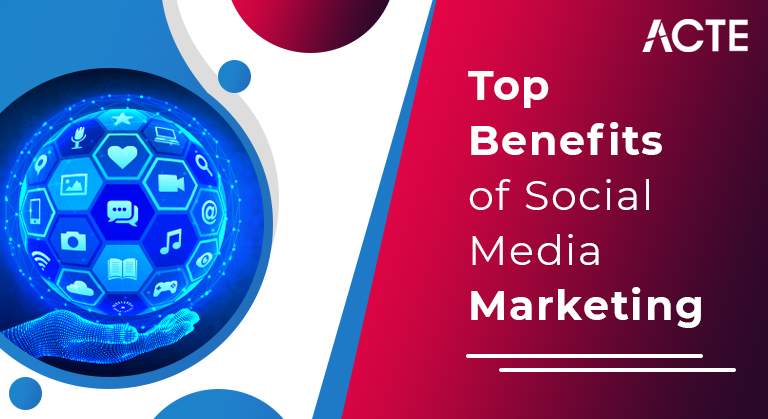
The term social media marketing (SMM) refers to the use of social media and social networks to market a company’s products and services. Social media marketing has purpose-built data analytics tools that allow marketers to track the success of their efforts.
- Introduction to Social Media Marketing
- What is Social Media?
- Social Media & Brands
- What is Social Media Marketing?
- Pillars of social media marketing when undertaking any new campaign
- Top Benefits of Social Media Marketing
- Special Considerations(SMM) Works
- Advantages and Disadvantages of Social Media Marketing (SMM)
- Conclusion
- Humans need connection; We crave it. Maslow’s hierarchy places our psychological needs in the middle of the pyramid with the slap of belongingness and love. Depriving man of these needs inhibits his development and self-realisation.
- Perhaps, this need for connection is why modern humans are so addicted to social media. There are 3.5 billion social media users worldwide, and these users spend an average of 3 hours a day on the sites they choose.
- Social media marketing is one of the most important elements of digital marketing, and it has revolutionised digital media platforms. It has changed how businesses interact with their target audience.
- In this blog, we will discuss what social media marketing actually means, what are the benefits of social media marketing, and how you can make it an effective tool to interact with your target audience and grow your business. Huh.
Introduction to Social Media Marketing:
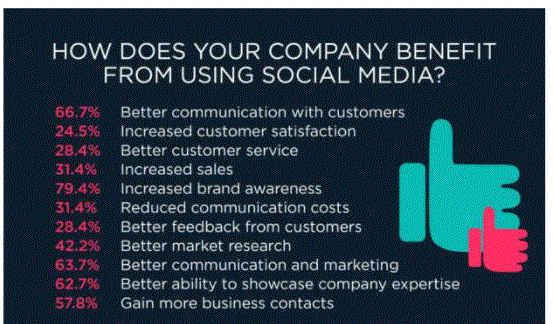
What is Social Media?
Social media is a term used to describe websites and applications that facilitate the creation and sharing of content by users. Content shared on social media is composed of text, photos, videos, etc., and is distributed in real time, either curated by a user, to a private community of friends and family, or in a public capacity. -All users.
The History of Social Media 1978-215 by Miriam J Johnson.
Source: Future Marketing:
In the context of modern social networking sites as we know them today, Friendster was the first of its kind. The US site launched in 2002, allowing users to search for and connect with friends online; It had over one hundred million registered users. However, social media murmurs date back to the early (late) 1970s, when Bulletin Board Systems (BBS) allowed users to log on and connect via personal computers.
- Initially, social media was a place of communication; Keeping your family updated on life events, staying in touch or reconnecting with old friends or even meeting new people and joining online communities. The personal nature of social media made its core individualistic; Users curate their profiles with information about their lives, places, jobs, likes and dislikes.
- As the popularity of social media grew, its purpose began to distort and shift. Brands began to take note of social media and its potential to transform the marketing landscape. While dipping their toes in social media, brands created profiles that consumers could “friend” with the hopes of fostering deeper relationships with their customers. MySpace also surveyed its users in 2008, which found that 14% of respondents believed that brands appear more friendly and creative on social media.
- McDonald’s was an early adopter of social media, and their “Big Mac Chant” campaign from 2008 shows why. The campaign celebrated the 40th anniversary of their popular product and asked customers to remix a famous jingle used in a Big Mac ad. The contest generated 1 million page views in 3 weeks through MySpace banner ads on user homepages and MySpace Music page.
- Data continued to be entered and stored on social platforms; Then social media site creators like Mark Zuckerberg realised that they had the potential to make a lot of money. In 2006, Facebook made its first foray into the digital advertising arena with a partnership with JPMorgan, which included banner display ads delivered to platform users.
- Following the success of this partnership, in 2006, Microsoft bought a 1.6% share in Facebook for $240 million, under the condition that they become the sole provider of their banner ads and sponsored links. Then, in 2007, Facebook Ads was born, and with it, social media marketing as we know it today began to take shape.
Social Media & Brands:
- Social media marketing is the practice of using social media to find and connect with your audience, build your brand, and increase revenue. To be successful in social media marketing, brands must create authentic content tailored to the needs and interests of their audiences, use analytics to track the engagement rates of that content, and use this data to continuously improve.
- In its early days, brands used social media marketing to drive users to a company’s website in hopes of selling a product or service. Today, however, social media profiles are seen as an extension of a brand’s website; Content must be designed and published directly to social media platforms to increase the likelihood of user engagement and to please social media algorithms.
What is Social Media Marketing?
Branded content can exist on social media in two forms:
Organic material
To get the most out of organic content, brands need to make use of the free tools and resources available on their chosen platform: a brand profile page that includes a profile picture, cover image, description, business hours, and links to your website. etc. includes; Company updates in the form of text, photos, videos or GIFs; a branded group or community page; live-video content; even more. The reach that organic content gains is up to social media algorithms that sort posts in users’ feeds based on relevance and time of publication. Algorithms decide how likely it is that a user will want to see your content; Categories, past interactions with your brand, and # tags used, all depend on what organic content appears on a user’s feed.
Paid content
Paid social media can help you increase your organic content or generate leads for your company through down-the-funnel advertising campaigns. Many social media marketers have experienced the impact of algorithms on their reach; Despite thousands of followers, organic postings can often appear to drop as expected. Paid social advertising, or ‘sponsored’ content, as identified in a user’s feed, can help increase your reach and bring your content to a wider audience. Brands that successfully master social media marketing implement a strategy that includes both organic and paid content; Ensuring that they undergo research, planning and optimization at every stage.
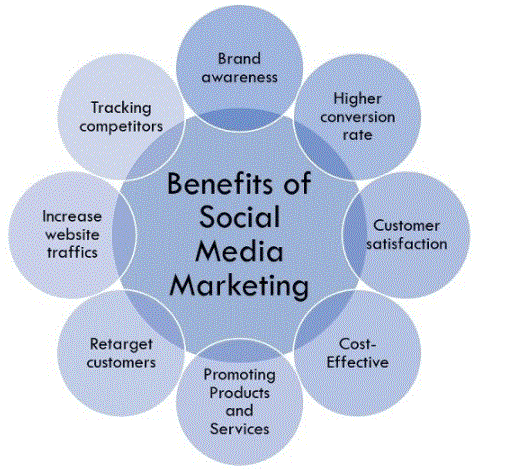
- Clearly define your goals and objectives using SMART guidelines.
- Research the entire target audience to determine which platforms are right for your marketing efforts.
- Understand what type of content your audience is engaging with and how to prepare it, including any equipment or training you may need.
- Create a monthly content calendar planned 2-3 months in advance.
- Be aware of important dates and holidays that increase engagement for your audience and determine the content of those days.
- Use social listening tools to monitor your brand name and keywords.
- Respond quickly to user comments and DMs.
- AI Use automation to improve response times.
- Track your performance over time with key metrics like reach, engagement, video-views, ad conversions, and more.
- Continuously analyse your failures and speed up plans to improve performance.
- Assess the diversity of your performance platform-to-platform.
- Set clear budgets and stick to them.
- Use market segmentation to create a hyper-targeted audience.
- Stay up-to-date with trends and new developments in social ads to understand how to best optimise your spending.
Always remember to follow these five pillars of social media marketing when undertaking any new campaign:
1. Strategy:
2. Planning and Publication:
3. Listening and Engagement:
4. Analytics:
5. Advertisement:
- Gaining brand recognition is one of the most important marketing goals for any company.
- This is due to the fact that consumers prefer to buy brands that they are familiar with. Fortunately, social media makes brand building simple and effective.
- One of the advantages of social media over traditional media is that it allows you to get your brand in front of people more quickly and easily. Plus, it draws your audience’s attention to your brand even when they’re not thinking about it.
- It has been observed that social media has a higher lead-to-close rate than any other type of marketing. With the greater visibility that comes with being on social platforms, your company has more opportunities to convert potential customers into real customers.
- Therefore, using social media in marketing can prove to be very beneficial for the business.
- Without tracking the data, you will not be able to determine the performance of your social media marketing strategy.
- Google Analytics is a great social media marketing tool that can help you measure your most successful social media marketing efforts and determine which ones should be left out.
- You can measure each social media platform to know which of your social media posts and content is performing best with your audience.
- The act of monitoring social interactions about specific topics is known as social listening. It helps you understand what is important to your target audience and identify the trends they are following.
- You’ll learn about their problems, which will help you create content that addresses those issues. You can also determine the tone and language used by your target audience.
- Take a look at Burger King’s Twitter account. They use the same language that young Twitter viewers use to express themselves in a humorous way.
- If you’re not sure how to match your audience’s tone and style, social listening can help.
- Social media marketing may be the most cost-effective component of an advertising strategy. Almost all social networking platforms allow you to sign up and create a profile for free, and any paid promotions you invest in are relatively cheap compared to other marketing tactics.
- Being cost-effective is extremely beneficial as it allows you to see a higher return on investment while maintaining a large budget for other marketing and business expenses.
- If you decide to use paid social media advertising, always start small to see what to expect. As you gain confidence, improve your strategy and use it to increase your budget
- By investing just a little bit of time and money, you can significantly increase your conversion rates and ultimately get a return on your initial investment.
- One of the most important benefits of social media is gaining market insight. Is there a better way to find out what your customers think or need than by talking to them directly? We don’t think so.
- Being active on social media platforms allows you to know the interests and ideas of customers that you might not have known about otherwise. It is one of the best research tools available to you.
- One of the biggest benefits of social media is that it also allows you to analyse the demographics of your consumers. You can get a deeper understanding of your customers and market your products or services accordingly.
- Your business will have more opportunities for conversion as a result of higher visibility. Every blog post, photograph, video or comment has the potential to drive traffic to your company’s website. Through the humanization factor, social media marketing allows your company to make a good impression.
- It identifies a brand when it interacts with customers by sharing content, commenting and updating status on social media.
- Outbound marketing has a 100 percent lower lead-to-close rate than social networking. When a brand is connected online, consumers who follow your brand’s accounts are more likely to trust your company’s authenticity.
- According to the Social Media Examiner, 66 percent of marketers experienced lead generation benefits from spending at least 6 hours per week on social media sites. Putting your brand in an environment where people are sharing, liking and talking about it can only help your existing visitors convert better.
- Social media is a platform for networking and communication. It is important to have a voice through these platforms to humanise your firm. When customers leave comments on your pages, they prefer to receive personalised replies rather than automated replies.
- When you interact with customers face-to-face on social media, it makes them more loyal. Loyal customers spend more with you, stay with you longer, and tell their friends about you.
- Even if responding to a customer complaint, a brand dedicated to customer satisfaction that takes the time to write a personalised message will be viewed favourably.
- Developing a loyal customer base is one of the primary goals of almost all businesses. Given that customer satisfaction and brand loyalty generally go hand in hand, it is important to start engaging with customers regularly and developing a bond with them.
- Social media is not just for launching new products and promotional campaigns for your company. Customers view these platforms as a service channel through which they can directly communicate with the company.
- The millennial generation is known to have the most brand loyalty of any generation. To capture the attention of their most influential customers, businesses must use social media marketing.
- Customer satisfaction and brand loyalty both contribute to your company’s authority, but it all comes down to communication. When customers see your company posting on social media, especially when they see you responding to customers and posting original content, they believe you are more credible.
- Interacting with customers regularly shows that your company values customer satisfaction and is available to answer any questions they may have. Customers who are pleased with a product or service are eager to promote it, and they often use social media to do so.
- Once you have a few satisfied customers who are vocal about their positive buying experience, you can then advertise to get real customers to enjoy your product or service.
- If you don’t market your brand on social media, the oncoming traffic is limited to your normal customers. Only people who know and are familiar with your brand will search for the keywords you are ranking for
- Social media marketing is a necessity if you want to reach new consumers who are outside your loyal customer circle.
- Social media is a combination of different types of people with different backgrounds and behaviours. Posting your content on these platforms allows these individuals to reach your business organically.
- By marketing on social media, you can effectively open your business to a wide variety of versatile consumers around the world. Every social media profile visit that you receive serves as a gateway to your website, and every content you post is another opportunity to gain a new customer.
- If you want to syndicate content and improve the visibility of your brand, using social media is the most cost-effective way to do so.
- Every post or piece of content you share will contribute to introducing you to a new network of individuals.
- You’ll be able to connect with a wider audience, introduce your product or service to them, solve their queries, and keep them engaged until they convert.
- Using social media to share your brand’s mission and stories is a great way to do this. Effective stories can have a significant impact on your brand’s image. They can be simple or complex, depending on what you consider most effective.
- Tell stories about people who have used your product or service. If they give you positive feedback, be sure to share it! This will transmit the message that your product is effective enough for someone to provide positive feedback.
- Audience research is similar to social listening which involves gathering information from a group of people.
- It searches for keywords that your target audience will use, but it focuses more on your specific product. You can gather this information through social media.
- Retargeting or remarketing is an excellent social media marketing tool. In general, only 2% of customers will make a purchase the first time they visit your website. Advertising can help reach the remaining 98 per cent.
- Remarketing works by creating a list of visitors to your site and placing anonymous “cookies” in their browsers. Ads are displayed by a retargeting service when they visit a social media site.
Top 15 Benefits of Social Media Marketing:
There is no denying the fact that social media marketing has many benefits for established brands as well as start-ups. Imagine spending at least 7 hours every week on increasing your business recognition, traffic and sales at no cost. This can be a reality with social media marketing strategies.
Here are some of the advantages and disadvantages of using social media platforms for business marketing:
1. Build Brand Identity
2. Increases Sales
3. Measuring Success with Analytics
4. Discover How to Connect with Your Audience Using Social Listening
5. Cost effective
6. Helps You Gain Marketplace Insights
7. High Conversion Rate
8. Better Customer Satisfaction
9. Improving Brand Loyalty
10. Increases Brand Authority
11. Increases Incoming Traffic
12. Increases Brand Awareness
13. Tell the Story of Your Brand
14. Collect data from audience research to make improvements
15. Use Social Media to Remarket Your Audience
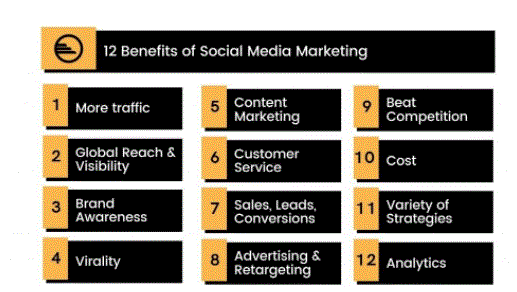
- A key strategy used in social media marketing is to develop messages and content that individual users will share with their family, friends, and co-workers. This strategy relies on word-of-mouth and offers many benefits. First, it increases the reach of the message to networks and users that a social media manager might not be able to access otherwise. Second, shared content carries an implicit endorsement when sent by someone the recipient knows and trusts.
- Social media strategy involves the creation of content that is sticky. This means that it grabs a user’s attention and increases the likelihood that they will take a desired action, such as buying a product or sharing content with others in their network.
- Marketers create viral content that is designed to spread rapidly among users. 3 Social media marketing should encourage customers to create and share their own content, such as product reviews or comments. This is referred to as earned media in the marketing industry.
Special Considerations(SMM) Works:
- Social media marketing campaigns have the advantage of appealing to a wide audience all at once. For example, a campaign may appeal to current and potential customers, employees, bloggers, the media, the general public, and other stakeholders, such as third-party reviewers or business groups.
- But these campaigns can also create obstacles that companies might not have had to deal with otherwise. For example, a viral video claiming that a company’s product makes consumers sick must be addressed by the company, whether the claim is true or false. Even if a company can set the message straight, consumers may be less likely to purchase from the company in the future.
Advantages and Disadvantages of Social Media Marketing (SMM):
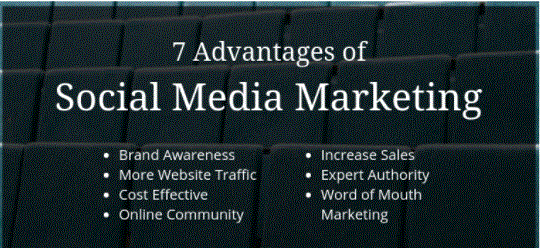
- And having a business in this digital age can be of great benefit if this opportunity is used by entrepreneurs, marketers, or even bloggers. Building an extremely impactful social media presence is the key to creating persuasive and engaging content that will engage your audience instantly.
- A well thought out plan is not enough if it is not implemented in the same way. That’s why you need to create visually appealing content so that customers are impressed by what they see even before they read what you’ve written. It can simply be a graphically designed social media post, a video, or even a professionally or creatively clicked image of your product.
- The idea is to attract eyes before actually engaging with you as a business. The strategies you use to attract your customers should also focus on connecting with your audience because without a connection, no relationship lasts, and you don’t want your relationship with your customers to be short-lived.
- A better relationship with the audience will lead you to more loyal customers and thus, put you ahead of your business game, leaving your competition behind.
Conclusion:

